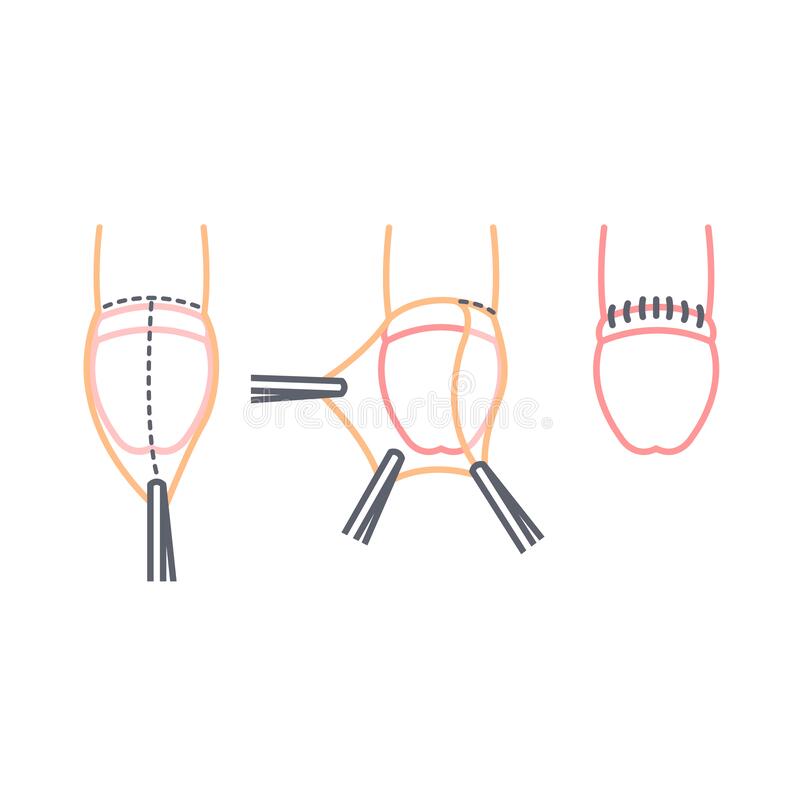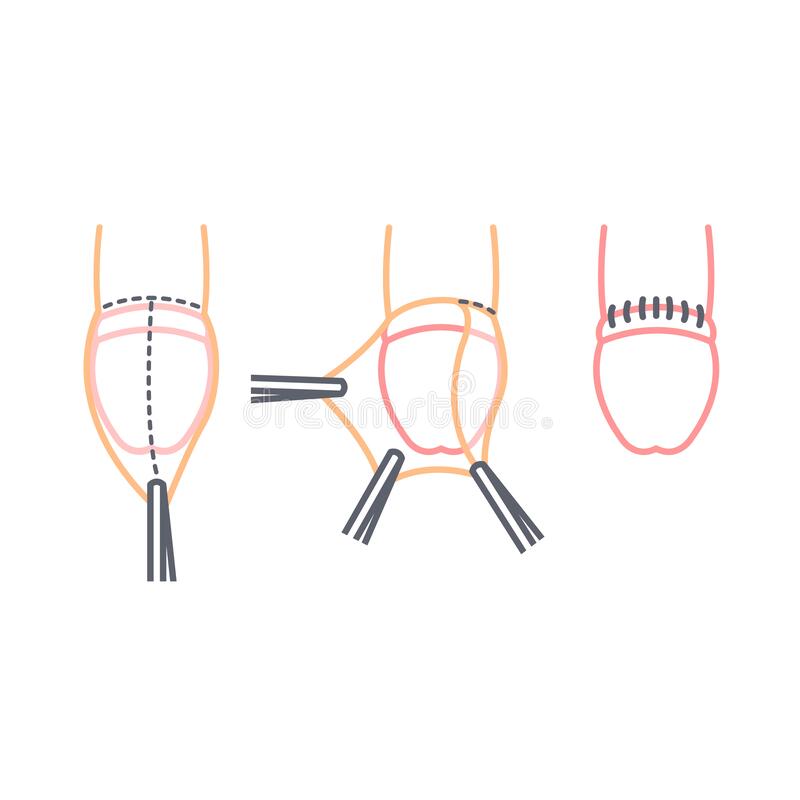What Are the Benefits and Risks of Circumcision?


Benefits
Circumcision in newborn boys for medical or health reasons is an issue that continues to be debated. In 2012, the American Academy of Pediatrics (AAP) reported that circumcision has potential medical benefits and advantages, as well as risks. The existing scientific evidence is not sufficient to recommend routine circumcision. Therefore, because the procedure is not essential to a child’s current well-being, we recommend that the decision to circumcise is one best made by parents in consultation with their pediatrician, taking into account what is in the best interests of the child, including medical, religious, cultural, and ethnic traditions.
- A decreased risk of urinary tract infections
- A reduced risk of sexually transmitted diseases in men
- Protection against penile cancer and a reduced risk of cervical cancer in female sex partners
- Prevention of balanitis (inflammation of the glans) and balanoposthitis (inflammation of the glans and foreskin)
- Prevention of phimosis (the inability to retract the foreskin) and paraphimosis (the inability to return the foreskin to its original location)
Male circumcision may also make it easier to keep the end of the penis clean, although studies have shown that good hygiene can help prevent certain problems with an uncircumcised penis, including infections and swelling. In addition, using a condom during sex will help prevent sexually transmitted diseases and other infections.
As with most medical procedures, there are risks associated with circumcision. These include:
- Pain
- Risk of bleeding and infection at the site of the circumcision
- Irritation of the glans
- Increased risk of meatitis (inflammation of the opening of the penis)
- Risk of injury to the penis
ref: https://www.webmd.com/sexual-conditions/sexual-health-faq





